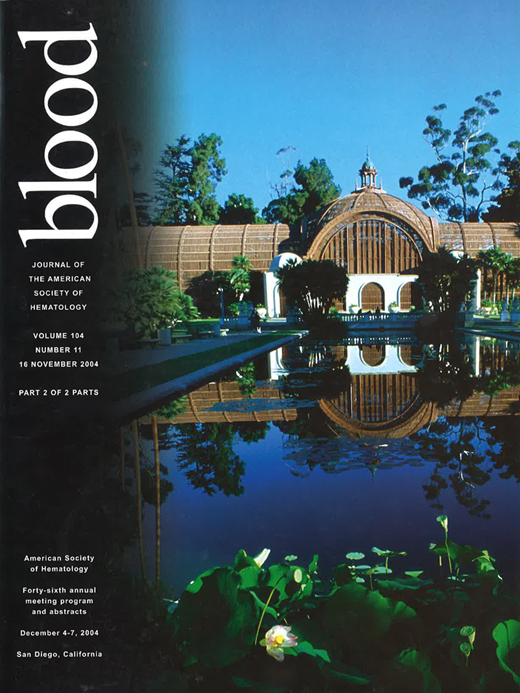Abstract
Bristol has previously published extensively on the use of Campath antibodies during the unrelated donor cell transplantation of children with relapsed or otherwise high risk Acute Lymphoblastic Leukaemia (A.L.L.). These former reports (
We report 34 successive patients where follow up for at least 12 months was available. The median age was 6.5 years and 28 patients received fully matched grafts (matched at HLA-A, -B, -C, -DRB1 and DQB1). The remaining patients received a graft that was mismatched at one of these class I loci. All patients engrafted and the median time to neutrophil count sustained above 0.5x10e9 / l was 20 days (range 12–58 days). Only tow patients experienced grade III acute GvHD and no patient experienced grade IV acute GvHD. 22 patients survive at a median follow up of 23.8 months including 4 of the patients who received a mismatched graft. There were only 3 deaths in the first 100 days following transplant (2 due to disseminated, invasive adenovirus and one to aspergillus). Beyond 100 days 3 further patients have died of adenovirus, 3 have relapsed, 2 have died of chronic GvHD and one died of a pulmonary haemorrhage of uncertain aetiology.
We therefore conclude the combination of Aletuzumab with cyclophosphamide and TBI is an effective and safe conditioning therapy for children with relapsed A.L.L. All patients engraft and there are low rates of acute and chronic GvHD.
Author notes
Corresponding author

